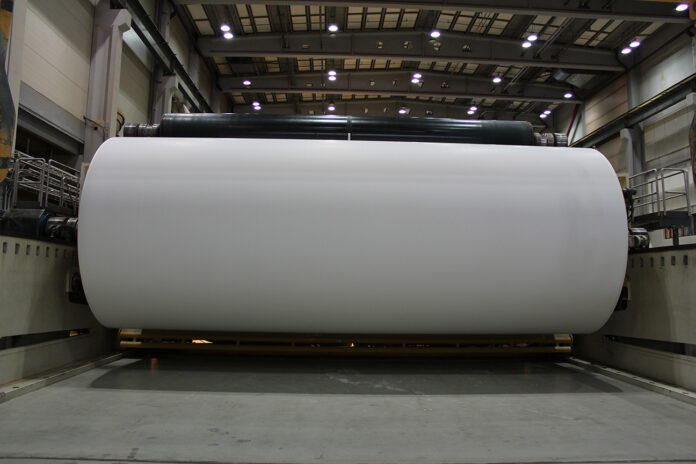Security Papers Limited (SEPL), the country’s specialist maker of banknote paper and other high-security substrates, closed fiscal year 2025 with an 8% rise in net sales and modest growth in earnings, underscoring both the company’s defensiveness and its growing exposure to Pakistan’s gradual shift away from cash. The manufacturer reported earnings per share of Rs25.72 for FY25, up slightly from Rs25.12 a year earlier, with fourth-quarter EPS at Rs7.14 versus Rs6.85 in the same period last year. Operating profit for the year rose 8% to Rs1,702 million as gross margins held steady at 28%.
The topline grew from Rs7,312 million to Rs7,871 million as the State’s demand for banknote paper and related security-grade products remained steady after two years of currency in circulation expanding rapidly during high inflation. But the cadence is clearly slower now. With headline inflation easing from last year’s peaks, the central driver of physical-cash demand – household and retail cash balances chasing rising prices – has cooled. For a company whose principal customer is the State’s banknote printing apparatus and whose revenues ultimately reflect the economy’s reliance on cash, this slow down matters. The content in this publication is expensive to produce. But unlike other journalistic outfits, business publications have to cover the very organizations that directly give them advertisements. Hence, this large source of revenue, which is the lifeblood of other media houses, is severely compromised on account of Profit’s no-compromise policy when it comes to our reporting. No wonder, Profit has lost multiple ad deals, worth tens of millions of rupees, due to stories that held big businesses to account. Hence, for our work to continue unfettered, it must be supported by discerning readers who know the value of quality business journalism, not just for the economy but for the society as a whole.To read the full article, subscribe and support independent business journalism in Pakistan









